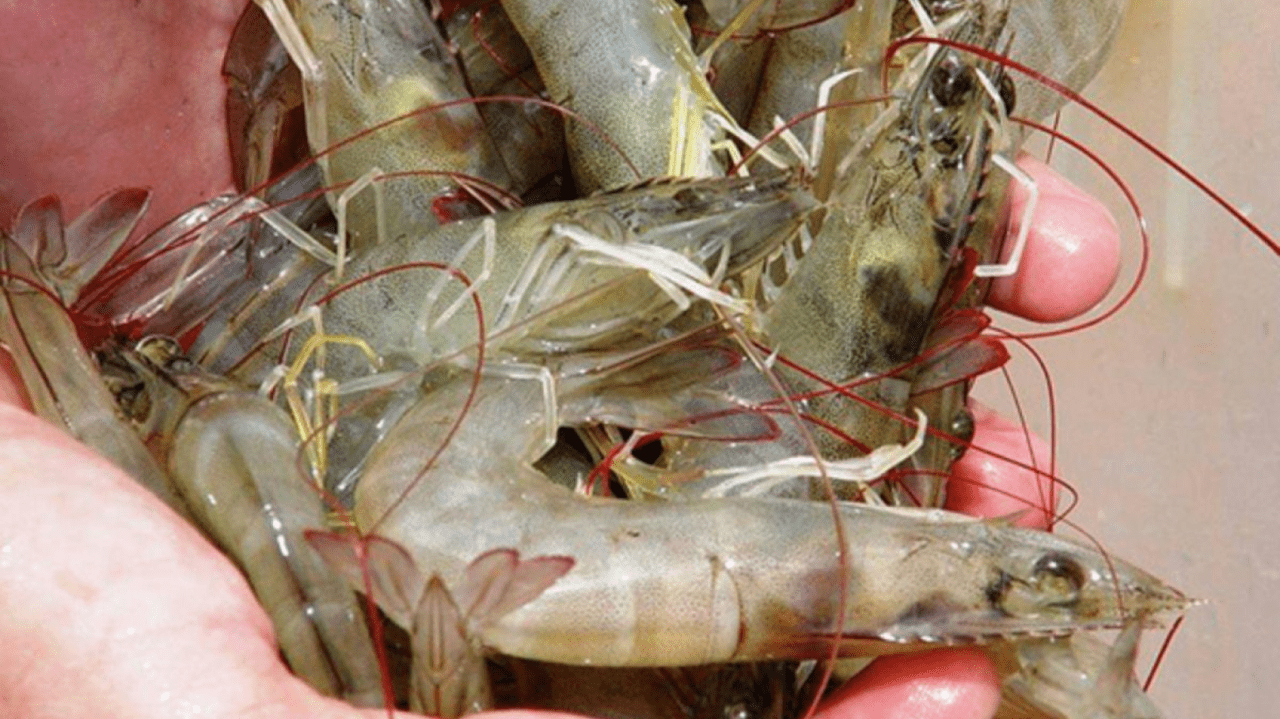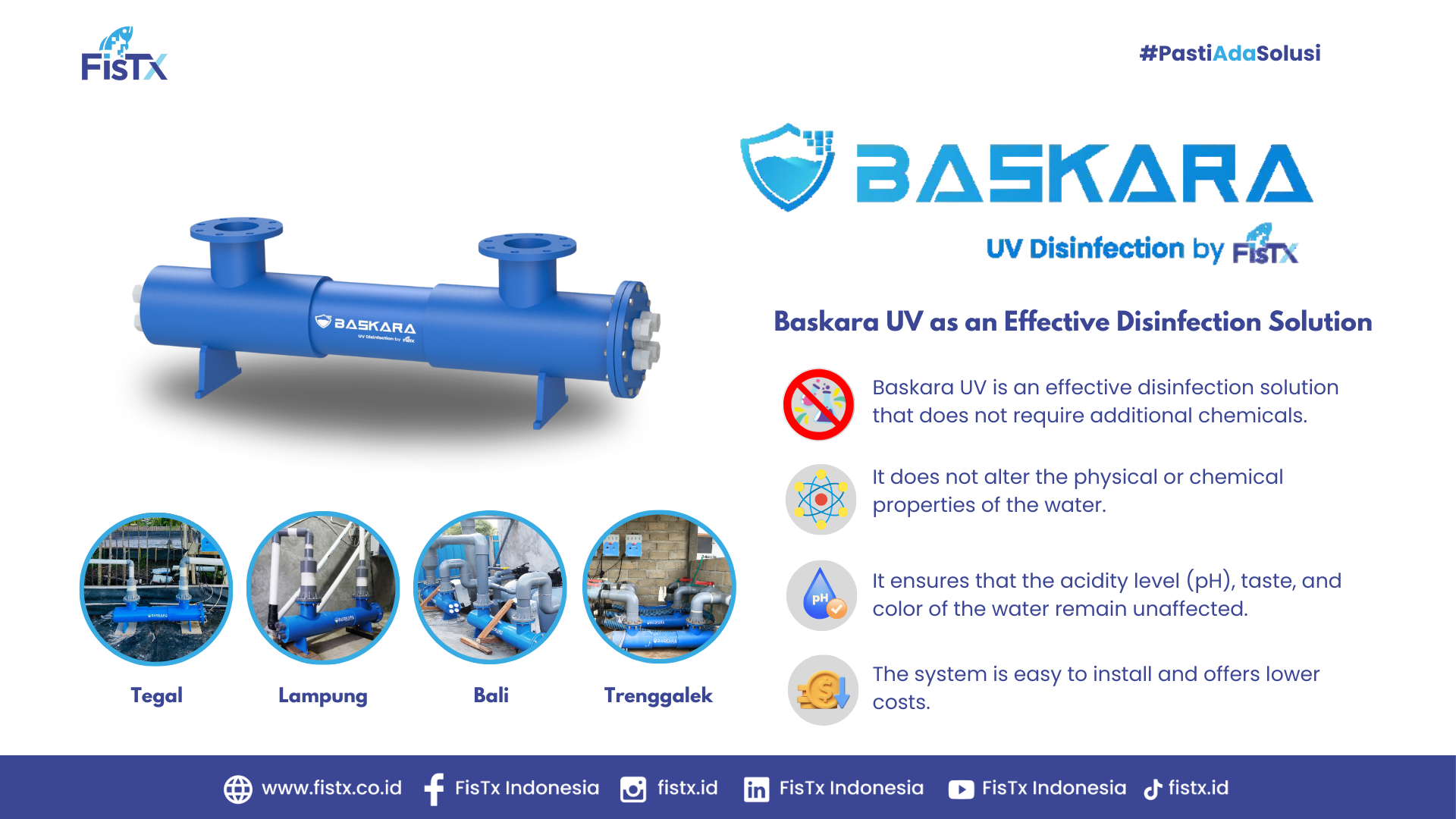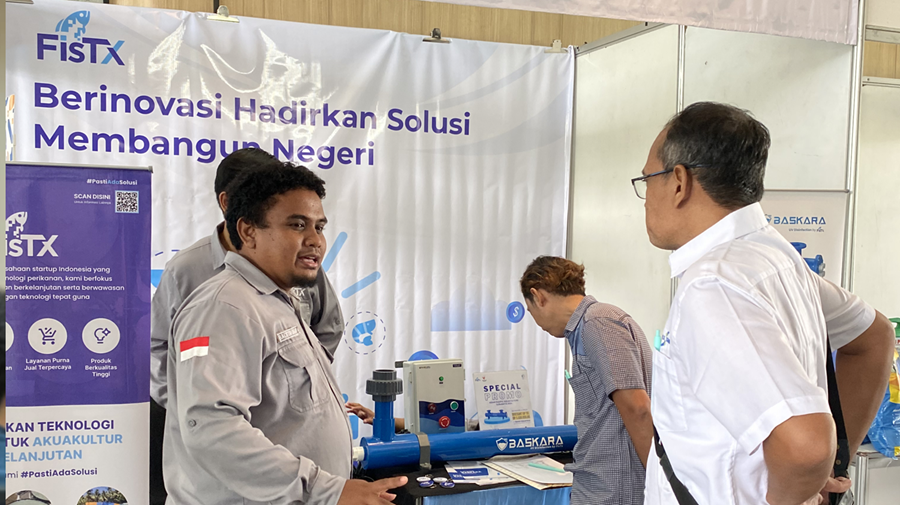
Understand EHP Disease, Prevention and Treatment Methods
Enterocytozoon hepatopenaei (EHP) is one of the common diseases in shrimp that can cause mass mortality in shrimp populations. This microsporidian parasite infects the hepatopancreas, a vital organ for shrimp digestion. EHP was first identified in 2009 in Thailand, affecting the shrimp species Penaeus monodon. Since then, the disease has rapidly spread to various shrimp producing countries in Southeast Asia, even reaching other regions of the world.
EHP has now spread widely to many shrimp-producing countries worldwide, including Indonesia. As a result, this disease has become one of the major challenges faced by shrimp farmers in maintaining the sustainability of their farming operations.
Morphological Characteristics of EHP

EHP Structure Overview
EHP appears as shown in the image above, with a very small size, approximately 0.0007 mm in width and 0.0011 mm in length. Key structures in EHP include a polar filament consisting of 4-6 coils that can extend up to 50-60 micrometers when activated. Other components of EHP include the polaroplast, nucleus, posterior vacuole, endospore, plasma membrane, exospore, and anchoring disc.
Stages of EHP Infection
The EHP infection process can be divided into three main stages: the early stage, development stage, and late stage.

EHP Infection Stages in Shrimp
- Early Stage
In the early stage, the aquatic ecosystem remains stable and functions well. During this phase, shrimp’s nutrient absorption from feed is stable or even increases. The presence of beneficial fungi and bacteria is high, and the bacterial diversity in the ecosystem is good, indicating a healthy environment for shrimp farming. However, at this stage, EHP has already begun infecting the host, although it is not yet dominant.
- Development Stage
The development stage is a transition phase between the early and late stages, where infection intensity reaches its peak, and the fungi infect more hosts.
- Late Stage
In the late stage, infection intensity increases further, marked by a rise in pathogenic fungi and bacteria, and a decrease in beneficial fungi and bacteria. Fungal diversity increases while bacterial diversity declines.
EHP can spread through various mechanisms, including contamination of water sources, the use of infected shrimp seed, transmission through contaminated shrimp feces, and spread via contaminated equipment and vehicles.
Impact of EHP
EHP infection in shrimp has significant effects on shrimp growth and health.
- Growth Slowdown

Difference between normal shrimp growth and shrimp infected with EHP.
*Normal shrimp (transparent arrow). Shrimp infected with EHP (black arrow).
Shrimp infected with EHP tend to grow slower than healthy shrimp, leading to size inconsistency in the same pond. This can reduce farming productivity by up to 50% or more.
- Decreased Appetite

Difference between normal shrimp growth and shrimp infected with EHP.
*Normal shrimp (transparent arrow). Shrimp infected with EHP (black arrow).
EHP typically infects the hepatopancreas, the vital organ responsible for digestion. As a result, shrimp experience a loss of appetite and impaired metabolism, causing feed to go to waste. Visually, this can be observed by pale and empty digestive tracts.
- Causes White Feces Disease (WFD)

Presence of white feces in shrimp infected with EHP.
Normal shrimp (yellow arrow). Shrimp infected with EHP (white arrow).
Although not all cases of WFD are caused by EHP, it is one of the main contributors. When the hepatopancreas is infected with EHP, its function is disrupted, leading to incomplete digestion. As a result, undigested food is excreted as abnormal, white, thread-like feces.
Prevention and Treatment of EHP
Treatment

Nano Silver and Nano Disinfektan
EHP treatment can be done by administering Nano Silver as a feed additive to address microorganisms in the digestive tract, and applying Nano Disinfectant in pond water to eliminate harmful microorganisms.
Prevention
Prevention of EHP can be achieved through various methods, such as:
- Selecting healthy, disease-free shrimp seed.
- Maintaining good water quality, which can be done by effective disinfection before using the water for farming, and by applying probiotics during the farming phase to balance the ecosystem.
- Providing feed with multivitamins containing antioxidants and minerals like vitamin C, vitamin E, selenium, and zinc.
One effective way to maintain water quality is by using UV treatment technology like Baskara UV. Baskara UV has the capability to damage the DNA and RNA of microorganisms such as bacteria and viruses. When water containing EHP pathogens is passed through a UV sterilization system, the UV rays inactivate the pathogens, preventing them from infecting shrimp.

Baskara UV as a Disinfection Solution for Shrimp Farming
For more information about Baskara UV for water treatment in aquaculture, please visit www.fistx.co.id or contact +62 823-2354-5511. (FisTx/Revfvi)
Read More Articles

Bacillus Probiotics for Increasing Vannamei Shrimp Production
19 January 2024

Pangkep State Agricultural Polytechnic and Fistx Indonesia Establish Cooperation to Develop a Centre of Excellence for Ornamental Coral Cultivation
15 December 2025

FisTx Attends PANSELA 2025 Shrimp Farmers Seminar: Optimism for Shrimp Farming in the Southern Coastal Region
30 January 2025